Last updated on July 14th, 2022
Featured image: exploring an ice cave on Franz Josef Glacier / Photo by Amanda Burgess
Getting up close and personal with nature, myself, locals and other travellers
By Amanda Burgess, Editor, JourneyWoman
Lowered 30 metres into a crevasse on Franz Josef Glacier in New Zealand, I’m snug in a tight cocoon of blue ice. I’m not claustrophobic, but the feeling of being swallowed by the glacier and tethered to the world above by a human-held rope sends my nervous system into overdrive. I take a calming breath, feel my toe-picks where they bite firmly into the wall of ice, and glance up to where the ice axes I hold in each hand need to go next. I don’t have much room to pull back, so my chops are tight and narrow. As I climb out of that narrow slice in the glacier, a quote from and Aussie mountaineer echoes in a mind otherwise laser focused on the task at hand…
“Somewhere between the bottom of the climb and the summit is the answer to the mystery why we climb.”
– Greg Child
Five Days Earlier
All travellers arriving in New Zealand are expected to take an oath known as the Tiaki Promise, a commitment to act as guardian, protecting and preserving the land for current and future generations.
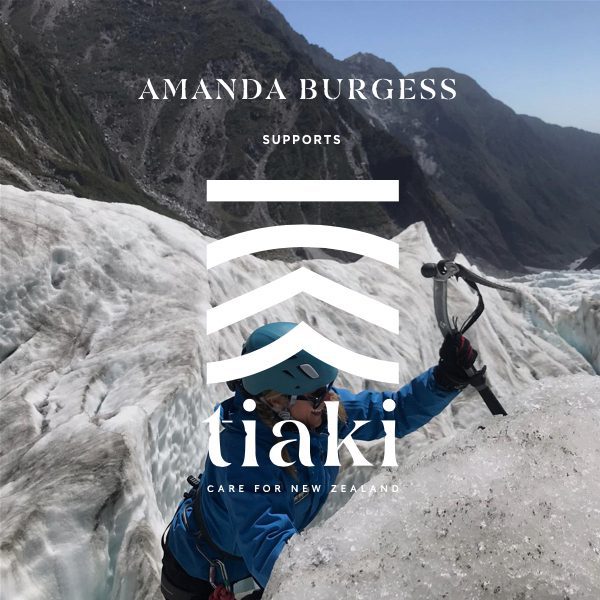
Our Editor’s personal pledge to support Tiaki
I’ve landed in Christchurch for an Adrenaline Junkie Tour of the South Island with Haka Tours, about to meet a crew of 15 travellers and a guide who will become family to me. Reading the Tiaki Promise, emotions flood me. This is a sacred journey for me – one leg of a two-month solo journey designed to help me work through the grief I’ve held since my husband Gabe died of cancer in 2018 – and taking this oath fills me with solemnity.
Translated from Māori, Tiaki means to care for people and place. New Zealanders take both seriously and expect travellers to as well. Inspired by campaigns launched in 2017 by Norway’s Lofoten Islands (Code of Conduct), Iceland (The Icelandic Pledge) and the Palau Islands (Palau Pledge), New Zealand became the fourth country to launch a tourism awareness initiative with the Tiaki Promise in November 2018.
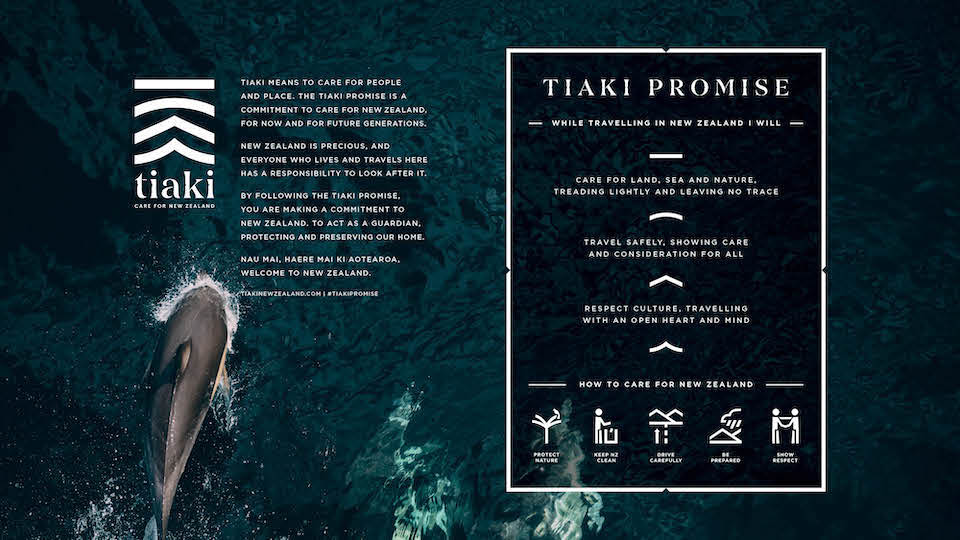
All travellers to New Zealand are expected to uphold The Tiaki Promise
In my time here, I’m pledging to be a conscious and responsible traveller. More specifically, to:
-
- Care for land, sea and nature, treading lightly and leaving no trace
- Travel safely, showing care and consideration for all
- Respect culture, travelling with an open heart and mind
This is who I am as a traveller, but speaking these promises out loud generates energy within me – a tangible connection between me, nature, New Zealanders, the Māori peoples, and other travellers.
“Go back?” he thought. “No good at all! Go sideways? Impossible! Go forward? Only thing to do! On we go!”
– JRR Tolkien, The Hobbit
Day 6 – Franz Josef
After yesterday’s tandem jump with Skydive Wanaka, I feel like I’ve hit peak adrenaline rush. As I head out with fellow Haka Tours crewmate Kyra towards our next adventure – glacier climbing on Franz Josef – I have a quieter experience from the previous afternoon running on a loop in my mind.
On the scenic drive from Wanaka to Franz Josef, we stop on the shores of Lake Wanaka to visit the country’s most famous tree – a symbol of hope rising impossibly from the lake, with a lower branch trailing picturesquely out over the water.
Our crew sits in a line on the shores of the lake near Mount Aspiring National Park, facing the tree and feeling connected to nature and one another in a way that defies linear time. When you’re travelling solo — our group has only one couple and pair of friends — connections are made quickly. When you’re on a roaring, life-changing adventure, those connections run deep. We are all from different corners of the world, including Australia, Britain, Scotland, The Netherlands, Denmark, Germany, Portugal, Morocco/US and Canada. Yet adventure, humour, and camaraderie transcend borders and the perceived barriers that age, gender, and culture create. As we sit in reverent silence, #ThatWanakaTree seems to seal our bond.
EDITOR’S NOTE: Upon my return to Canada on March 18, I learn of the tragic vandalism of #ThatWanakaTree and feel my full heart break a little. Someone purposely broke the Tiaki Promise and sawed branches off of a hardy little tree that survived the floods of December 2019.
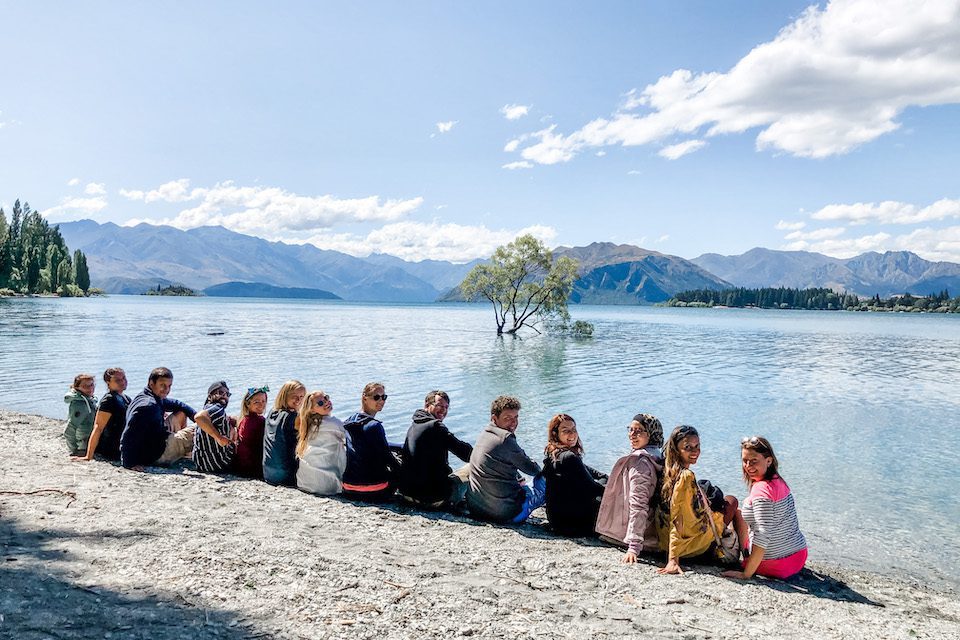
Amanda (fifth from left) and her Haka Tours crewmates on the shores of Lake Wanaka, basking in the beauty
of #ThatWanakaTree, which was vandalized in March 2020
How I Rediscovered my Solo Travel Mojo in New Zealand’s South Island
In the first installment in a new New Zealand series, Editor Amanda Burgess chronicles her two-week solo travel adventure through New Zealand’s South Island – the crazy things she did on her ‘Adrenaline Junkie’ tour, the friends she made, and her insights about this breathtaking country, its people, and herself.
HOT TIP:
If you explore New Zealand with a small group tour, you’re not limited to the activities on offer in each. Do your own research. Your guide can facilitate booking your preferred adventure with the outfit of your choice, as long as it lines up with the group itinerary. That’s how Kyra and I end up glacier climbing with Franz Josef Glacier Guides while others in our crew take a heli-hike.
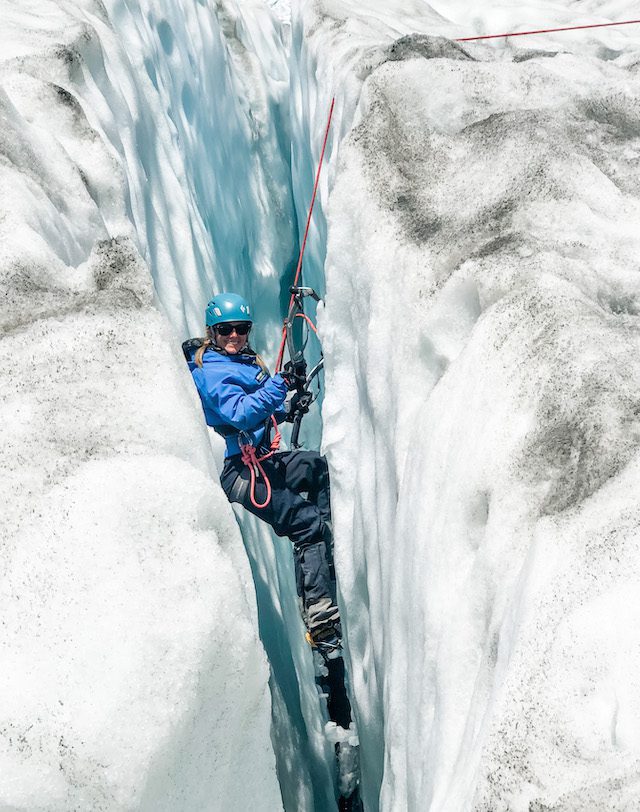
Amanda climbing out of a crevasse
As the helicopter takes off and we soar towards the glacier, images from the day I once spent filming a TV spot on a glacier in Whistler, British Columbia flit through my mind like photos taken with a Polaroid camera. New Zealand’s landscapes remind me of home. I’m not sure about this adventure. Walking around on a glacier is one thing – climbing it is another. Will my fear of heights make me too cautious, or worse, have me backing out of the climbs? Why am I doing this to myself? The better question to ask bubbles up inside me: Why am I doing this for myself?
Glacier climbing is hard work. It demands your entire body. Guide Brett shows me that it’s more about hanging from your skeleton, using your legs to frog your way up to your ice axes versus putting all the work in your arm muscles. He assures me that once I get that technique down, I’ll be a ninja on the climbs.
Turns out, he’s right. We climb vertical ice faces. Abseil into crevasses. Scale steeply curving c-shaped glacier forms. We spend an entirely rare sunny summer day in Franz Josef exploring its majestic glacier. It’s beyond thrilling. Beyond challenging. I’m alternately chilled and sweat-drenched.
Then I find myself lowered 30 metres into a crevasse, snug in a tight cocoon of blue ice. I’m not claustrophobic, but the feeling of being swallowed by the glacier and tethered to the world above by a human-held rope sends my nervous system into overdrive. I take a calming breath, feel my toe-picks where they bite firmly into the wall of ice, and glance up to where the ice axes I hold in each hand need to go next. I don’t have much room to pull back, so my chops are tight and narrow. As I climb out of that narrow slice in the glacier, a quote from Aussie mountaineer Greg Child echoes in a mind otherwise laser focused on the task at hand: “Somewhere between the bottom of the climb and the summit is the answer to the mystery why we climb.”
Amanda learning proper climbing technique and becoming the quick little ninja her guide promised her she could be
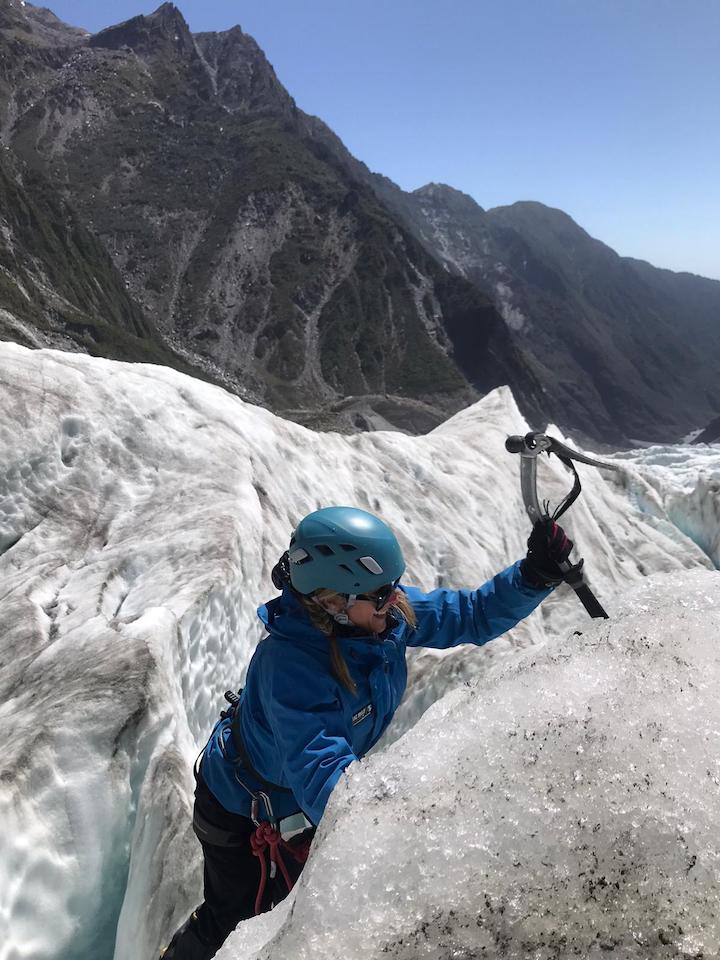
Ice climbing is a full-body workout, but what a rush
The experience pulls something out of me that’s always been there, constrained by fear. Why do we climb? It’s more than the spectacular views. More than pushing past perceived limits. We climb so we can witness the fragility of our natural environment. Glaciers have been proven to be unique indicators of climate change, with a clear linkage between human activity and glacier melt. It’s mindboggling to imagine that something of such magnitude could one day retreat past the point of no return.
I feel alternately free and grief-stricken clinging precariously to one of nature’s most volatile creations. I feel connected to the earth, the elements, and my climbing partner Kyra.
The experience unravels some emotional knots in me that were so long and tightly wound I didn’t even recognize them as bonds anymore. If you want to heal yourself, get immersed in nature. In adventure. In things you thought you’d never do or could not do.
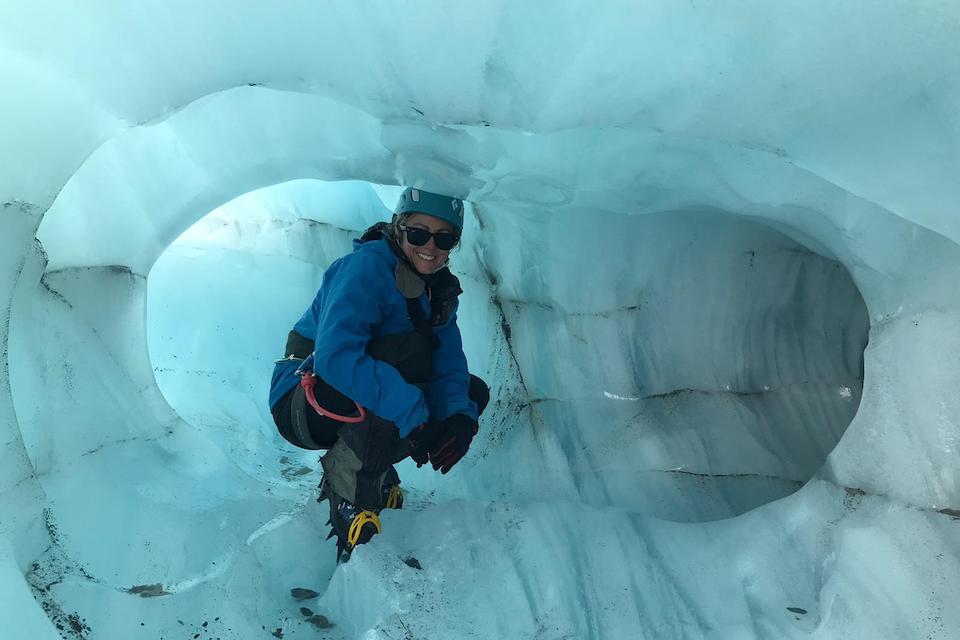
Exploring an ice cave on Franz Josef Glacier
“And then her heart changed, or at least she understood it; and the winter passed, and the sun shone upon her.”
– JRR Tolkien
Day 7 – Franz Josef to Punakaiki
On the winding drive along coastal roads from the mountainous Franz Josef region to the lush forests of Punakaiki, we stop in the tiny-but-charming beach town of Hokitika just long enough to grab lunch. It’s an old mining town that was first settled in 1860, after the discovery of gold on the West Coast. While most of our crew – now halved with some heading home – bank on the first large café we spot, I’m not inspired by the menu and decide to explore.
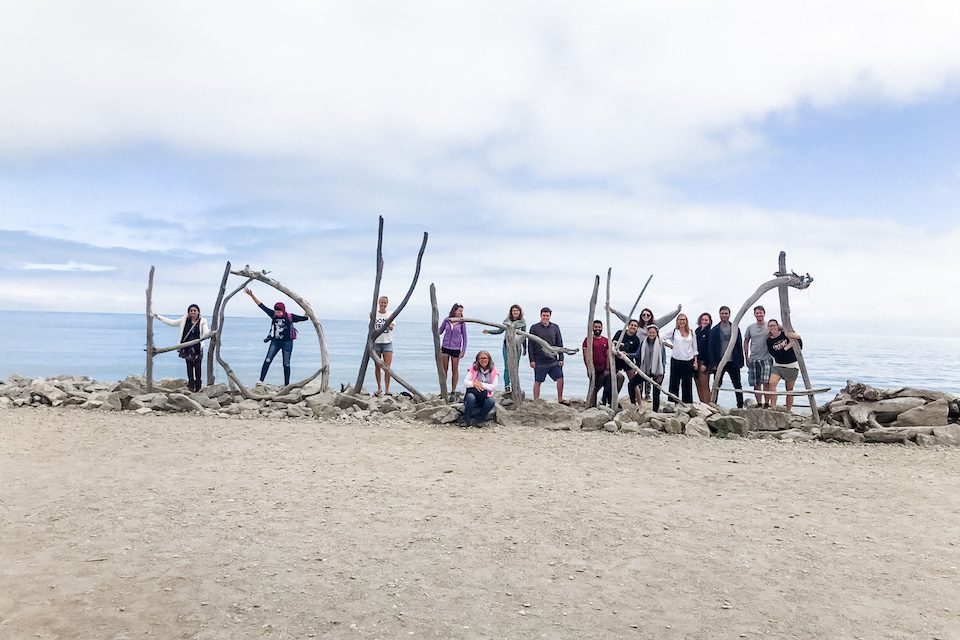
Amanda (sixth from right) and her Haka Tours crew on the beaches of Hokitika
My nose leads me to Hokitika Sandwich Co. People, obviously locals, are crammed inside the tiny shop, and a sign warns that the handmade creations take time and care to build. The proprietor acknowledges me right away and promises me the best sandwich I’ll ever have if I’m willing to wait. Oh, yes. I while away the time mulling the menu and reading about the shop’s homemade bread-and-butter pickles.

Pancake rocks at Punakaiki
The first bite sends my taste buds singing, eyes rolling back in reverent appreciation. This is a praise-the-bread-gods sandwich. I snap a photo of it with the single bite missing. Such a work of art deserves to be preserved in digital memory.
En route to the rainforest retreat that will serve as our home for the next two nights, we stop at a grocery store to pick up supplies for group dinners. We’re heading into a remote prehistoric landscape with no restaurants close by and extremely limited cell service – a rare opportunity to unplug from the digital world and get recharged by the natural world.
After stocking up, we head to Paparoa National Park – a visual feast with its sweeping mountainous ridges, sprawling river canyons, and otherworldly “pancake” rock formations that make the region famous. Polynesian travellers knew Punakaiki as a place for feasting (the word means ‘a spring of food’ in Māori), and this feeling echoes through time to reach the modern traveller.
Finding Renewal in New Zealand: How I Overcame my Fear of Travelling Solo Again
After the death of her husband Gabe in 2018, the prospect of going through life solo filled Amanda with dread. She faced her grief, anger and loneliness in a two-week solo travel adventure in New Zealand.
We arrive at our retreat, where we unpack and have dinner before heading out to see what promises to be a spectacular sunset over the ocean. We’ll be sleeping jumbled together on tiny mattresses arranged in a circle in our private loft, and a buzz of excitement builds in us. It feels like a slumber party with a big group of cousins.
I’ve witnessed some spectacular sunsets in my life – one in Ethiopia and another in Santorini, Greece that stand out in my memory – but this? This is otherworldly.

Punakaiki sunset panorama
As the setting sun begins to paint the sky in swirls of pink, orange and yellow against the remaining blue, I shake my head in disbelief. It looks like a painting – a scene straight out of Lord of the Rings. Just when I think it can’t get any more jaw-dropping, Mother Nature decides to outdo herself, pitting the light of the waning sun against the incoming dusk in an all-out technicolour war.
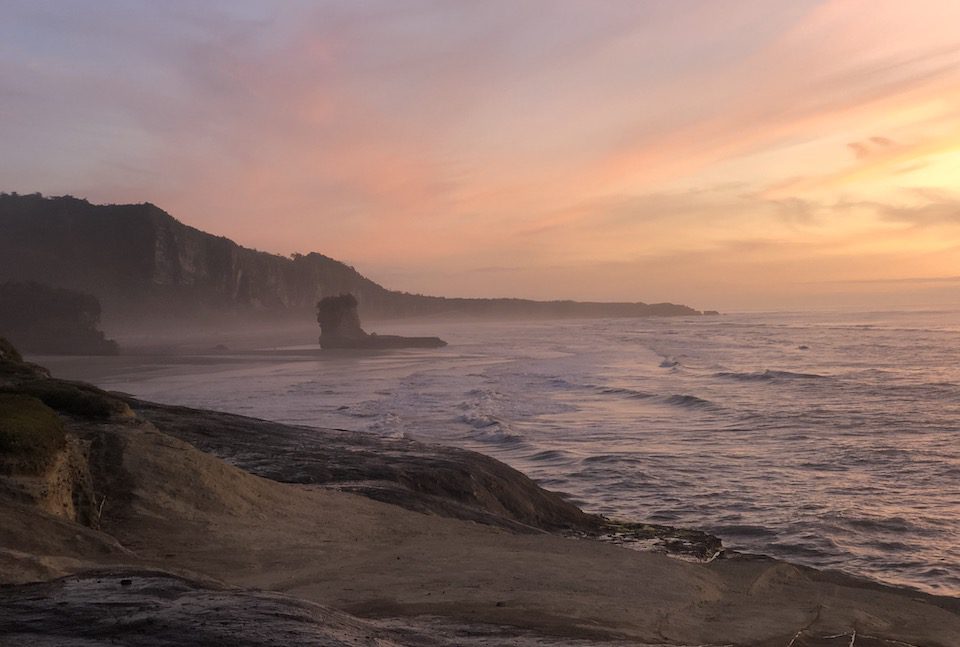
Sunset begins to paint the sky in Punakaiki
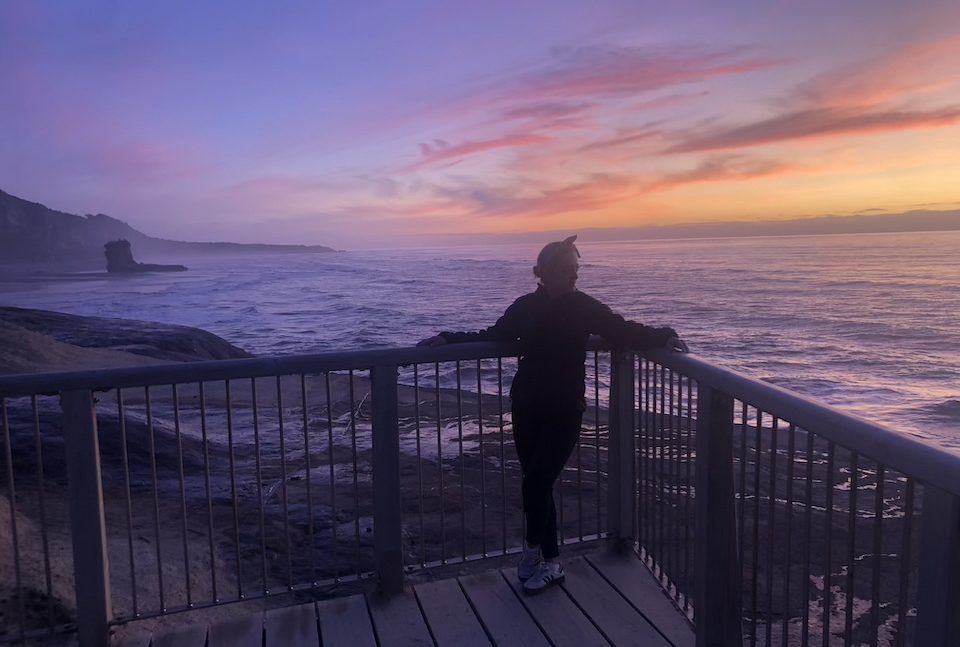
Rainbow sunset in Punakaiki
The old adage wherever you go, there you are runs on a loop in my mind as I stand in awestruck silence with my new friends. Of all the places I’ve been, all the places I could be, in this moment, I am deeply grateful that my feet brought me here to this place, with these people, having deeply transformative experiences of both the heart-pumping and quietly poignant variety. And there’s still more to come.
Stay tuned for the final installment in our New Zealand series in an upcoming issue of JourneyWoman magazine.
Discover More on Solo Travel
Joyce Perrin, 88, Recipient of 2025 JourneyWoman Evelyn Hannon Award, Says It’s Never Too Late to Travel Solo
Canadian Joyce Perrin, 88, who has travelled to 156 countries and 31 territories, is the 2025 JourneyWoman Solo Travel Award recipient.
Getting Started in Solo Travel: How Solo Women Can Find the Destination That’s Right For You
Featured image: Feeling stuck? Learn how to decide where to travel with these tips for solo women | Photo by shiwork on EnvatoHow to decide where to travel by Karen Gershowitz For some women, deciding where to go is often the most exciting part of planning a solo...
Where to Travel in 2025: The Best Places for Solo Women Travellers Over 50
Wondering where to go solo in 2025? We’ve applied our own criteria to 10 places that inspire travel and discovery for solo women travellers.


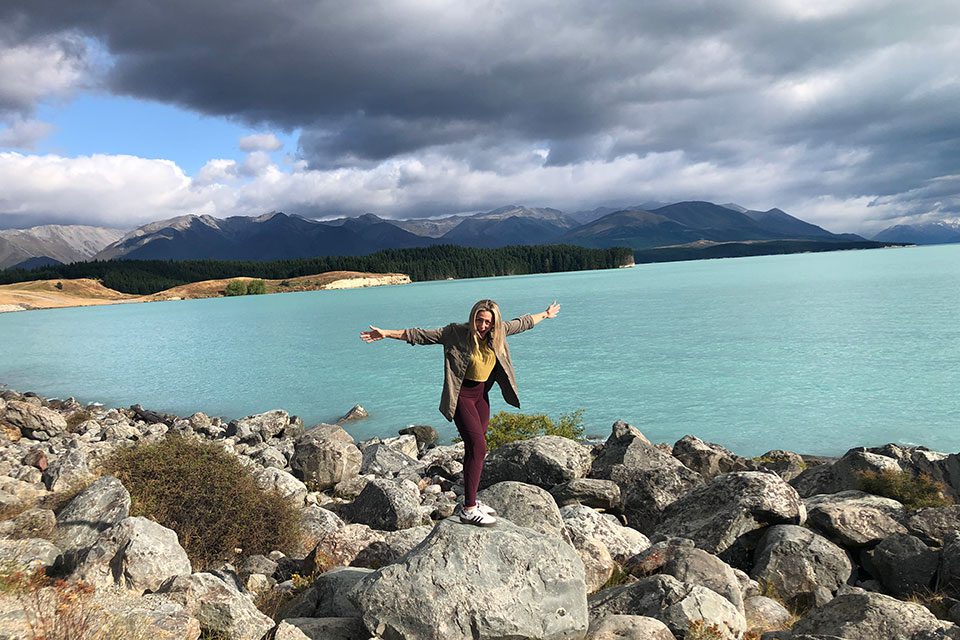

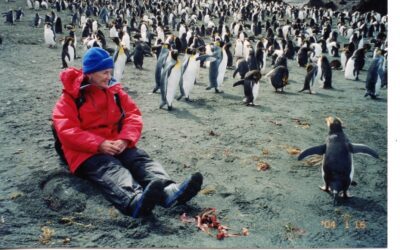
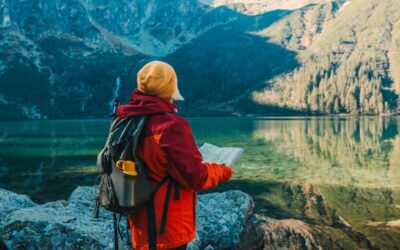
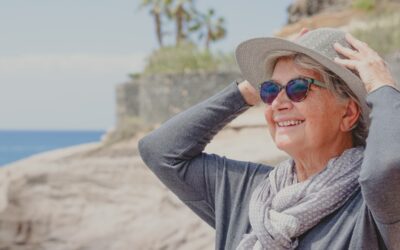
0 Comments
We always strive to use real photos from our own adventures, provided by the guest writer or from our personal travels. However, in some cases, due to photo quality, we must use stock photography. If you have any questions about the photography please let us know.
Disclaimer: We are so happy that you are checking out this page right now! We only recommend things that are suggested by our community, or through our own experience, that we believe will be helpful and practical for you. Some of our pages contain links, which means we’re part of an affiliate program for the product being mentioned. Should you decide to purchase a product using a link from on our site, JourneyWoman may earn a small commission from the retailer, which helps us maintain our beautiful website. JourneyWoman is an Amazon Associate and earns from qualifying purchases. Thank you!
We want to hear what you think about this article, and we welcome any updates or changes to improve it. You can comment below, or send an email to us at [email protected].